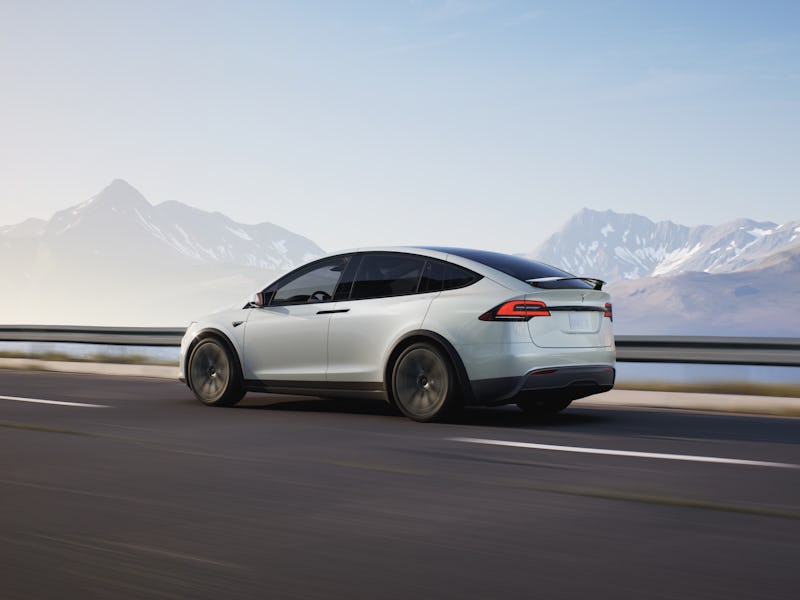Tesla Full Self-Driving 10.69: Specs, price, and early reviews of the latest update
Beta-testers seem pleased with the changes, which will now cost $15,000 for new vehicles.

This weekend, Tesla rolled out its much-heralded version 10.69 update of its Full Self-Driving beta to a select group of testers. But the most dramatic feature is not a bug fix or better handling — it’s the price tag.
With the release of 10.69, Tesla CEO Elon Musk announced the cost of Full Self-Driving would also increase from $12,000 to $15,000, but only for vehicles purchased after September 5, 2022. There’s no word yet whether the $199 monthly subscription price will also go up in price.
On Sunday, August 21, Musk tweeted that “this build is a big step forward!” The new software began rolling out to the company’s 100,000 or so beta testers on Saturday.
What’s new — According to the software release notes, which many beta-testers have displayed on their social media accounts, the 10.69 release attempts to address many of the same issues experts had predicted. Among them:
- A new “deep lane guidance” feature to better combine the information from video streams with map data in order to achieve a 44 percent improvement in understand how lanes are laid out.
“This provides a way to make every Autopilot drive as good as someone driving their own commute, yet in a sufficiently general way that adapts for road changes,” the notes say.
- Improved smoothness via a better way to account for latency — that is, the tiny gap of time between steering commands and actually steering the car.
- A better architecture for understand the velocity and acceleration of nearby objects, improving the system’s performance at estimating the velocity of faraway vehicles by 20 percent.
- Improvements at protected right turns, such as yield signs, to avoid “false slowdowns” where nothing is in the road and the car does not need to stop.
- Release 10.69 also better predicts pedestrian and cyclist behavior to avoid unnecessary slowdowns at crosswalks and to better gauge their velocity when moving.
- A 34 percent higher accuracy in identifying animals in the car’s field of view thanks to a better training set for the car’s AI system.
Tesla beta-tester Chuck Cook, the namesake of Chuck’s turn, took the new Full Self-Driving Update for a ride after it was released on August 20.
The update also promises to enable cars to handle unprotected left turns such as “Chuck’s turn,” which Inverse explained last week. Beta tester Chuck Cook has produced several videos about a turn near his Florida home where the Full Self-Driving system struggled. In the scenario, the car sits at a stop sign and needs to turn left onto a six-lane road with a median in the middle and car traffic in excess of 50 miles per hour.
Why it matters — As Musk claimed before the update, version 10.69 improves the car’s ability to use the protected median to help it cross the busy street, and also its “creep” behavior — that is, the way that the car rolls forward slowly at a left turn to try to get a better view of oncoming hazards.
“The unprotected lefts were pretty amazing this morning,” Cook says in one of his new videos.
The Tesla roadster will feature Full Self-Driving, along with all other Tesla models, for an increased price in new cars.
He and other beta testers spent the weekend putting 10.69 to the test, some filming their exploits and posting to YouTube. When Cook approached his turn during his very first drive with the new update, the car identifies a “blue wall” of driveable space next to the median that separates the six-lane road. In other words, the car now sees that as a safe space and realizes it could cross the first three lanes of oncoming traffic and wait there for a window to join the cars going left.
“I think both of those tools are really going to help make this turn a bit more solvable,” Cook says.
Besides taking the system through his namesake turn, Cook set it on other drives around town, including one where the car reckoned with two new roundabouts not yet on the map and had to rely on its newly improved lane recognition.
As more testers get access to 10.69 and the software logs more miles, we’ll also learn more about how well the newest version of Full Self-Driving tackles the problems it set out to solve — and what still needs a fix.